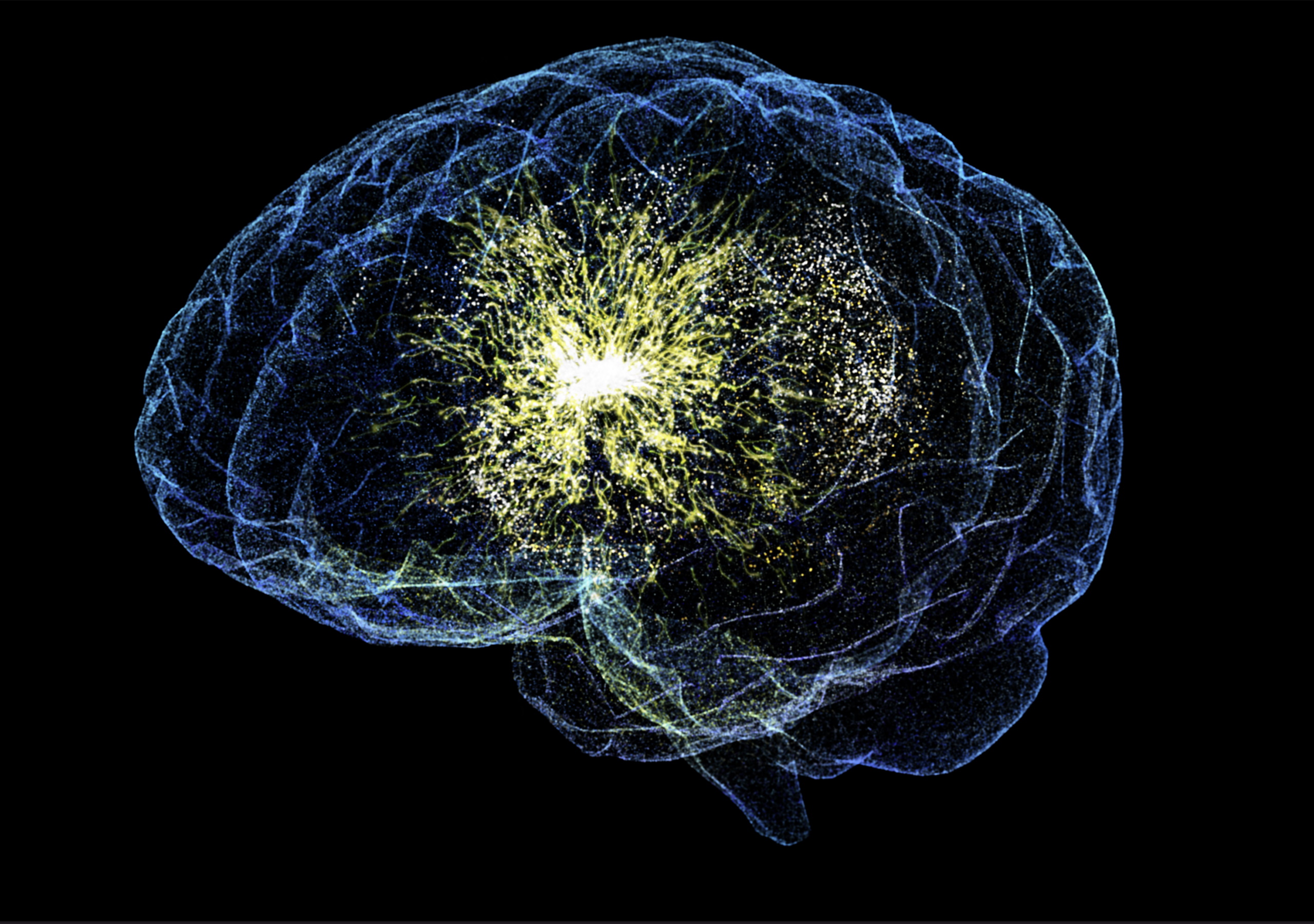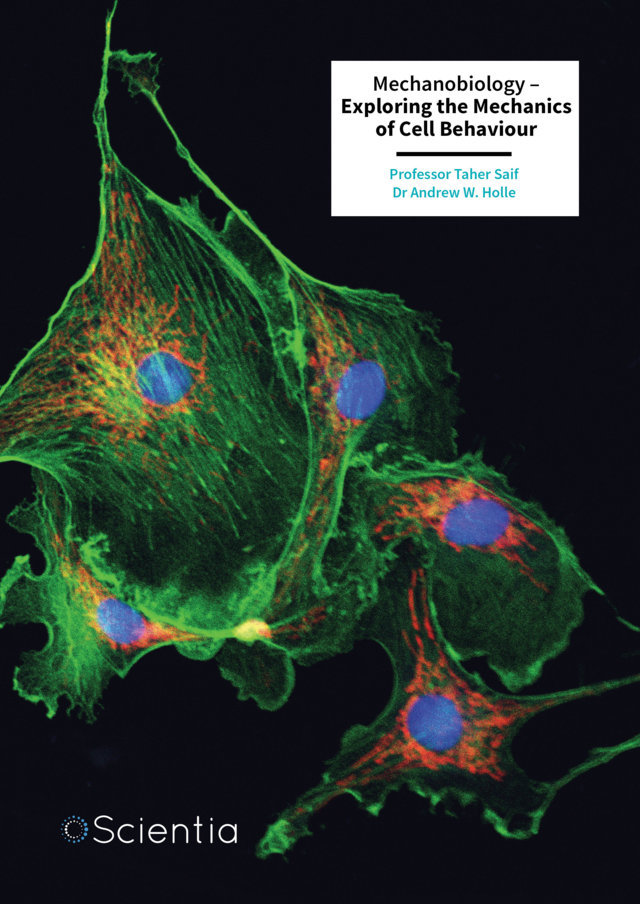Microbes are found in almost every environment on the planet. These microscopic organisms – such as bacteria and viruses – play important and diverse roles in shaping ecosystems as well as in the development of infectious diseases. Advanced techniques developed over the last four decades have revealed a complex set of interactions between microbes and their environment. Combining these techniques with sophisticated modelling could help us understand the mechanisms that drive microbial biodiversity, evolution, and ecosystem structure and function. More
In their research, Dr Selina Våge and her colleagues at the University of Bergen in Norway developed conceptual models that illustrate the interactions within microbial ecosystems. Their work focuses on individual traits – such as the ability to compete for limited resources.
This approach allows the interactions between microbes, and those between microbes and their environment, to be investigated. The team’s models represent unifying and universal processes that are applicable to any microbe, microbial community, or ecosystem.
In natural ecosystems, competition for limited resources plays a large role in shaping the community structure. Competitors vying for the same resource can coexist in these communities, even when one group is a much better competitor than the other, thanks to the controlling influence of predators, and microbes that cause diseases – also called parasites. Predation or infection of the better competitor stops them outcompeting the poorer competitor and becoming dominant within the community. This mechanism is called the ‘Killing-the-Winner Motif’, which builds on a fundamental biological trade-off between competitive and defensive organism traits.
Dr Våge and her team developed a conceptual model illustrating the Killing-the-Winner Motif and applied it to microbial plankton communities in the ocean. They demonstrated that the simple mechanisms illustrated by the model act upon multiple levels of the ecosystem repeatedly over time. In conjunction with environmental factors, such as ocean chemistry or seasonality, the repeated application of simple mechanisms can give rise to the great complexity that is recorded in natural ecosystems.
Such conceptual models are also useful tools in public health research. As illustrated by the COVID-19 pandemic, predicting how a parasite – in this case the coronavirus – will affect its host – humans – relies on an understanding of the mechanisms driving the interactions between parasites and host.
Dr Våge and her team developed a conceptual model to evaluate the trade-off between host competitiveness and its ability to defend against a parasite. By applying their model, the researchers demonstrated how these mechanisms and the influence of environmental factors act together to produce the parasite-host population dynamics often seen in natural systems.
Importantly, their findings show how trade-off-based interactions – rather than random interactions – between parasites and host can lead to the long-term coexistence of both.
Further developing this and other similar models could help us understand why and how infectious diseases persevere in human populations. This could help us to develop new medical treatments for persistent parasites such as the coronavirus that caused the COVID-19 pandemic, and other harmful diseases such as Cholera caused by waterborne bacteria, ultimately reducing our reliance on antibiotics.







